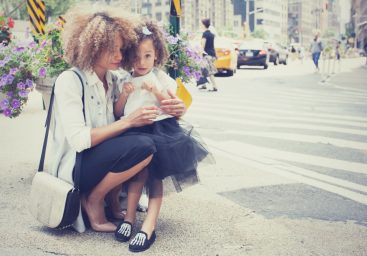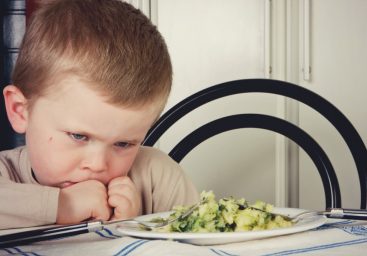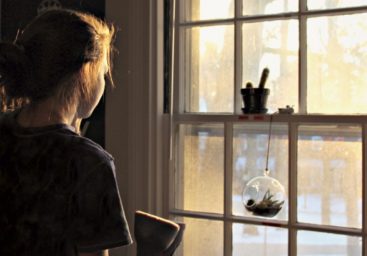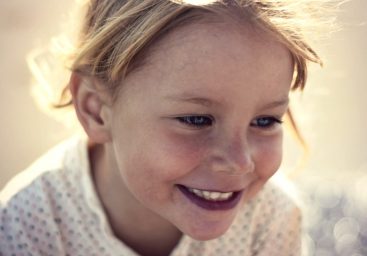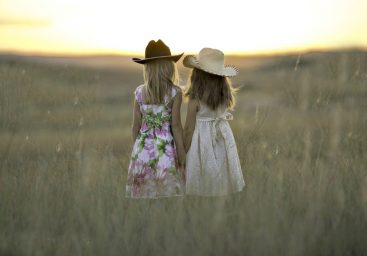Because you know they are mighty – now to make sure they know it too.
Anxiety is a really normal human experience. Sometimes it can become too big, and when children get caught in the tail whip of anxiety, it can swipe at their belief in themselves, their engagement with the world, and the glistening unfolding of their potential – but it doesn’t have to be this way. Anxiety is very manageable, and any important adult in the life of a child has a profound capacity to strengthen children and teens against anxiety and towards courage and resilience. With all anxiety, comes opportunities to strengthen children and teens with a mindset, skills and qualities that will lead them towards deeply fulfilling, brave, whole-hearted living. Let’s talk about how.
Latest Articles
-
Luke Skywalker: What's in there? Yoda: Only what you take with you. Read More
-
“This is impossible,” Emily, the mother of three boys, exclaimed. “I don’t know if I’m
-
The need for self-control can feel like a tease at times and a bit of a pity, but its influence is
-
The worry begins as a trickle in his mind. It develops momentum and drops into his body causing his
-
How often have you allowed stress to affect your happiness by placing unrealistic demands on
-
For something that is meant to be life-giving and nourishing for the body, mind and family spirit,
-
To the ones who are self-harming ... I know you are exhausted. I know you are confused and scared
-
We all have battles that feel bigger than us sometimes and we all have characteristic ways of
-
- Mom, is this a dream? - No. - How do you know? - … This was the brief dialogue between
-
If you're struggling to get your little human to commit to some serious pillow time, you're not
-
We've known for a while that chronic pain and anxiety have it in them to fuel each other. It's not
-
Raising your kids and teaching them to grow up into responsible and hardworking young people is




